Saving the spirit of communities through cultural heritage
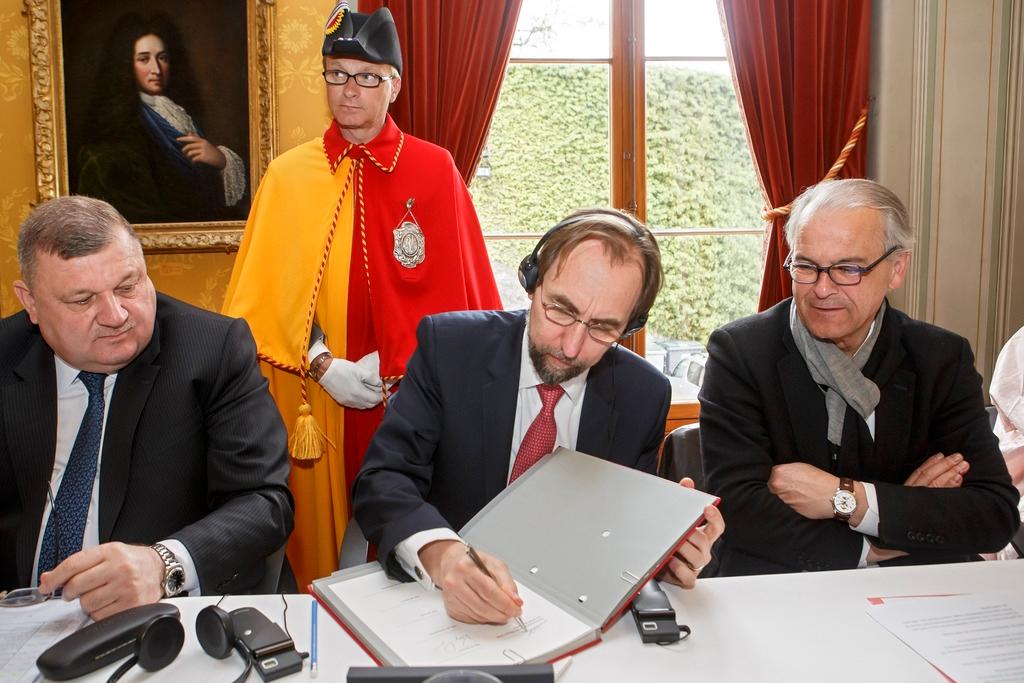
Inspired by people like an Iraqi Catholic priest who has saved thousands of ancient manuscripts from destruction by Jihadists, nine cities around the world are now working together to protect cultural heritage.
“Human beings are linked by blood and tears and not by religion,” said Father Michaeel Najeeb at the signing in late March of the Geneva Declaration in the splendour of the Heynard Palace that houses the Geneva town hall.
This Catholic priest, a refugee in Erbil, Iraqi Kurdistan, knows what he is talking about. “For 25 years I have been saving heritage and also people,” he says. “You cannot save people without saving their history.”
Father Najeeb has managed to save some 8,000 manuscripts from destruction, including some dating from the 13th century, and 40,000 documents, including the first books written in ancient Mesopotamia. Working first from his native city of Mosul, he managed to save precious documents from the destructive rage of Islamic State when it invaded the town in June 2014. That was a risky venture which ended in him fleeing to Erbil. It is there he continues his work of preservation.
“Given their significant symbolic value, heritage, as well as the knowledge and practices associated with them, are prime targets during internal or international conflicts,” says the Geneva DeclarationExternal link on human rights and cultural heritage. “Their destruction targets individuals, communities, and even whole peoples, at the heart of their identity, and aims at removing traces of their existence from a specific territory.”
Mayor of Mosul Zuhait Mohsin Al Al-A’araji also testified to this. “Daesh [Islamic State] had a programme to methodically destroy the cultural heritage of Mosul,” he reminded people at the signing of the Declaration. “It first targeted architectural heritage, the mosques, the churches – everything that reflected the city’s past radiance.”
Mosul, Timbuktu and Diyarbakir
Since the liberation of Mosul last summer, Zuhait Mohsin Al Al-A’araji has set to work to rebuild his city, including its cultural heritage. So how can the Geneva Declaration help? “We can benefit from the experience of other towns with similar experiences and we can speak with mayors of cities from all around the world,” he says.
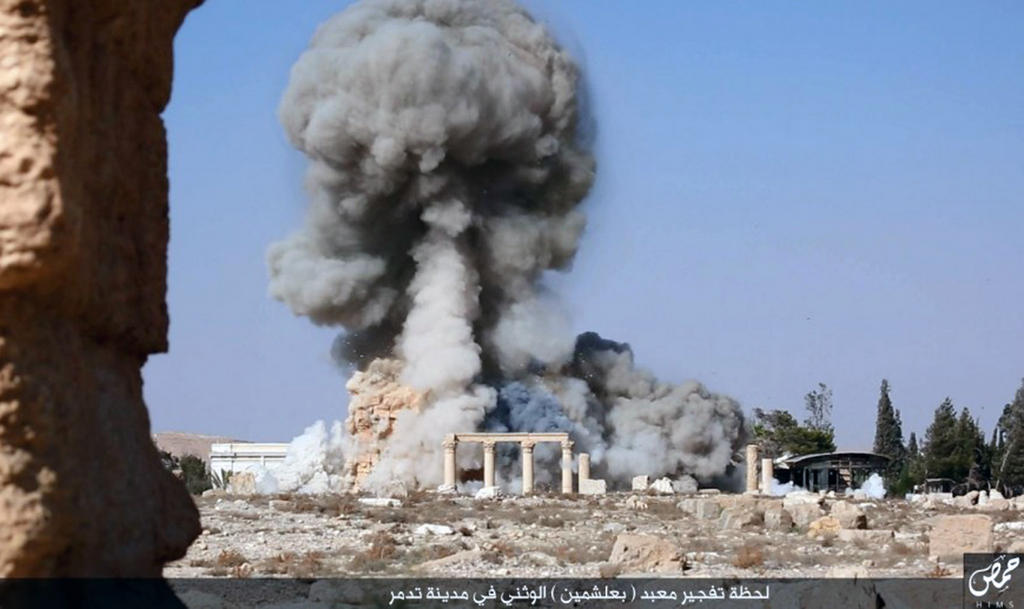
More
Archaeologists in Switzerland prepare for post-war Syria
Another signatory to the Declaration is Timbuktu, in northern Mali, known as the City of 333 Saints. Its mausoleums were attacked in 2012 by Jihadists from AQMI and Ansar Dine, during their occupation of the town. One of their leaders, Ahmad Al Faqi Al Mahdi, was arrested and tried by the International Criminal Court (ICC). In September 2016 he was sentenced to nine years in jail for destruction of cultural heritage as a war crime. This was a first in the history of international justice.
The mausoleums have now been restored with funding from UNESCO. “These monuments, they are the life, the roots of the people,” said mayor of Timbuktu Aboubacrine Cissé. “So their reconstruction is a renewal of life.”
Such destruction can also be the work of states, says Fatma Sik, a former co-mayor of Sur municipality in Turkey’s majority Kurdish region of Diyarbakir. She stresses that some 100 historic buildings in Sur were destroyed by Turkish forces during clashes with Kurdish fighters. Sik was co-mayor of Sur but was removed from office in 2016 by the Turkish authorities, along with dozens of her Kurdish colleagues, when fighting resumed between the army and Kurdish rebels of the PKK. She now lives in Switzerland.
International partnership
The promoters of the Declaration aim to develop the cities’ alliance and link the protection of cultural heritage with the various communities living there. These vestiges of the past are “essential resources” that enable people to “exercise their cultural rights, to develop their creative spirit and their capacities for resistance, and to communicate across differences by sharing their respective memories in order to live together and build a joint future”, according to the Declaration.
Those behind the Declaration say preserving cultural heritage is not just an issue for countries in conflict. “Destruction, whether legal or illegal, is also the consequence of unsustainable development policies which fail to take into account people’s aspirations or human rights,” says the Declaration.
So the signatory cities of the developed North (Geneva, Strasbourg, Lund and Vienna) and of the South have put themselves on an equal footing, unlike the paternalistic spirit of some international initiatives to preserve cultural heritage. That, in any case, is the hope of Geneva mayor Rémy Pagani, initiator of the declaration. Outgoing UN High Commissioner for Human Rights Zeid Raad al-Hussein also hailed this “innovative approach”, adding his signature to the Declaration.
Adapted from French by Julia Crawford

In compliance with the JTI standards
More: SWI swissinfo.ch certified by the Journalism Trust Initiative
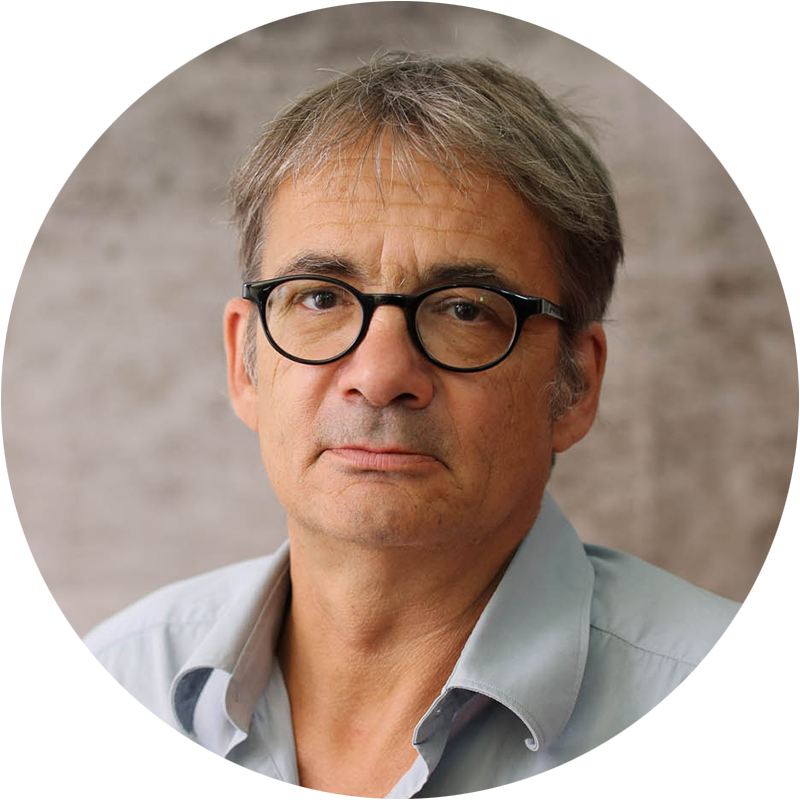




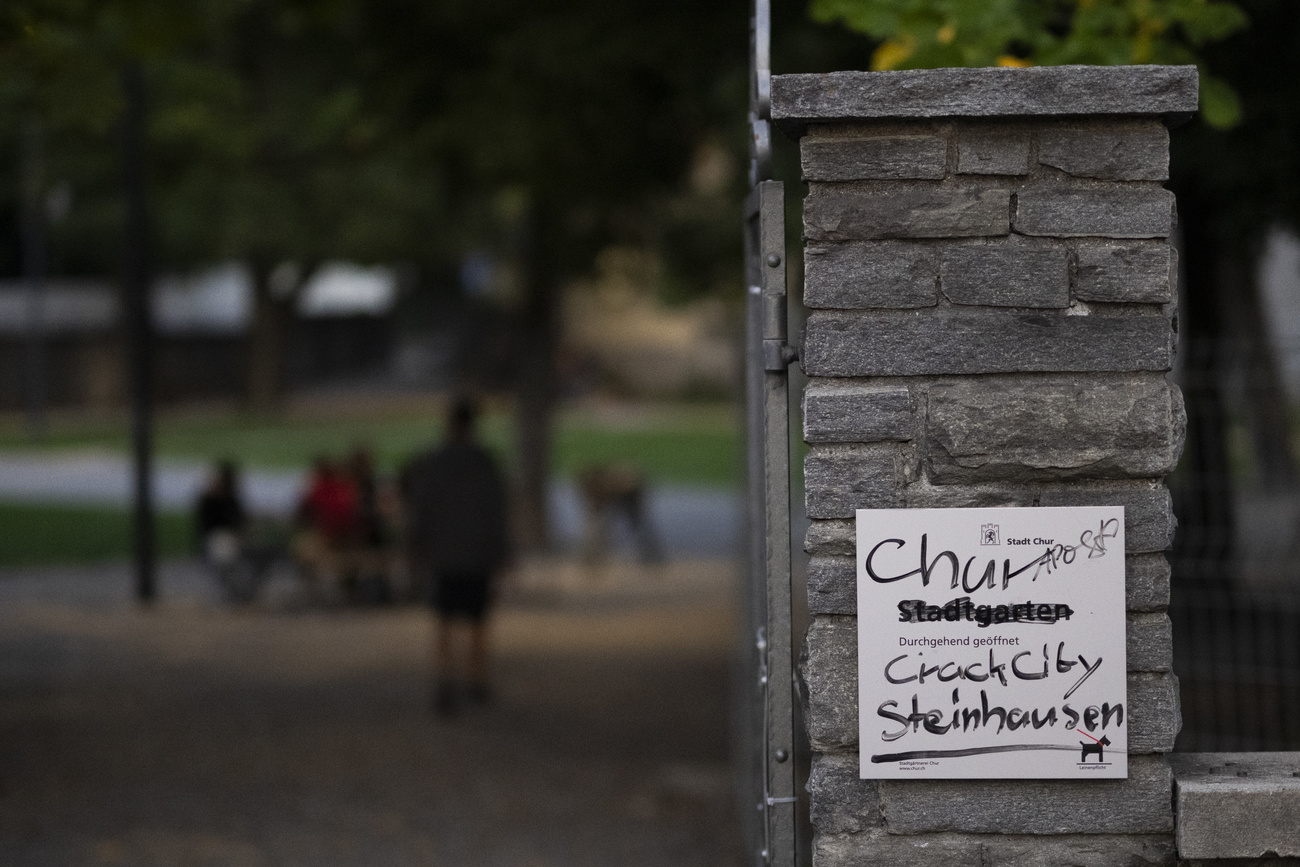





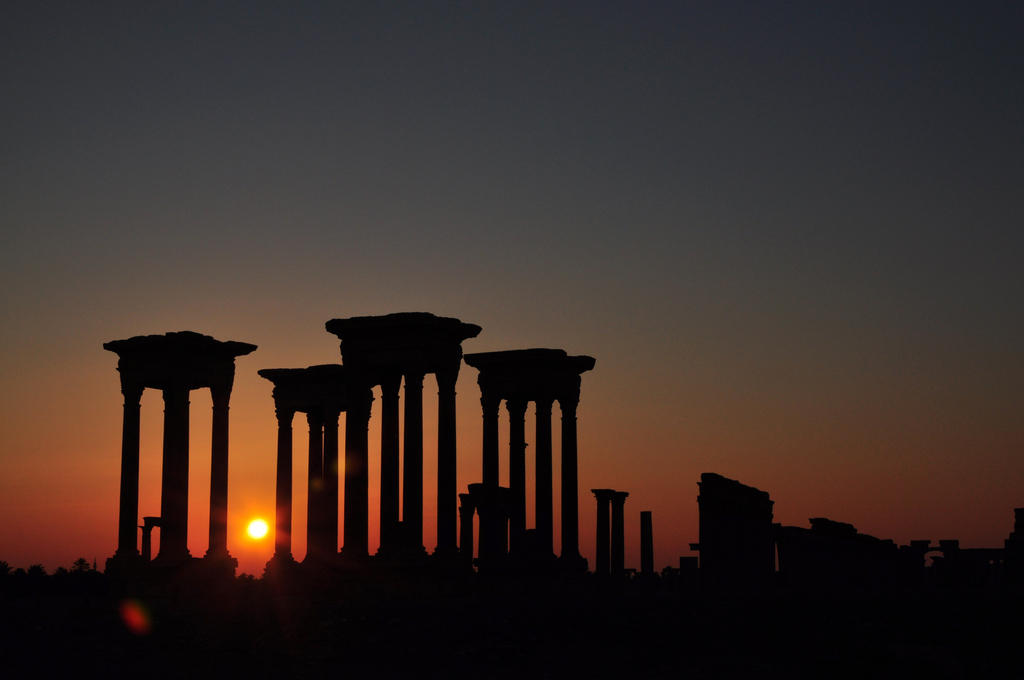

You can find an overview of ongoing debates with our journalists here . Please join us!
If you want to start a conversation about a topic raised in this article or want to report factual errors, email us at english@swissinfo.ch.